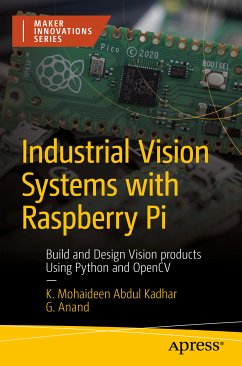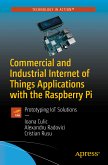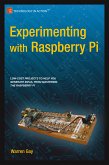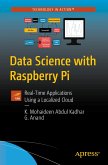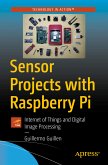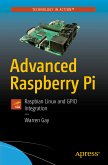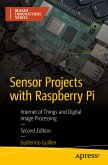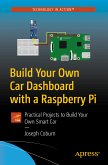You'll start by reviewing basic concepts and applications of machine vision systems, followed by the preliminaries of Python, OpenCV, required libraries, and installing OpenCV for Python on Raspberry Pi. These are used when implementing image processing for the system applications. You'll then look at interfacing techniques and some of the challenges industrial vision systems encounter, such as lighting and camera angles.
Algorithms and image processing techniques are also discussed, along with machine learning and deep learning techniques. Later chapters explain the use of GUI apps and real-time applications of Industrial vision systems. Each chapter concludes with examples and demo implementations to facilitate your knowledge of the concepts.
By the end of the book, you'll be able to build and deploy computer vision applications with Python, OpenCV, and Raspberry Pi.
You will:
- Build and deploy industrial vision system using Raspberry Pi and Python programming
- Explore computer vision techniques using Raspberry Pi and OpenCV
- Implement popular vision techniques for industrial applications in real time
- Review modern image processing techniques such as image segmentation, thresholding, and contours
Dieser Download kann aus rechtlichen Gründen nur mit Rechnungsadresse in A, B, BG, CY, CZ, D, DK, EW, E, FIN, F, GR, HR, H, IRL, I, LT, L, LR, M, NL, PL, P, R, S, SLO, SK ausgeliefert werden.

